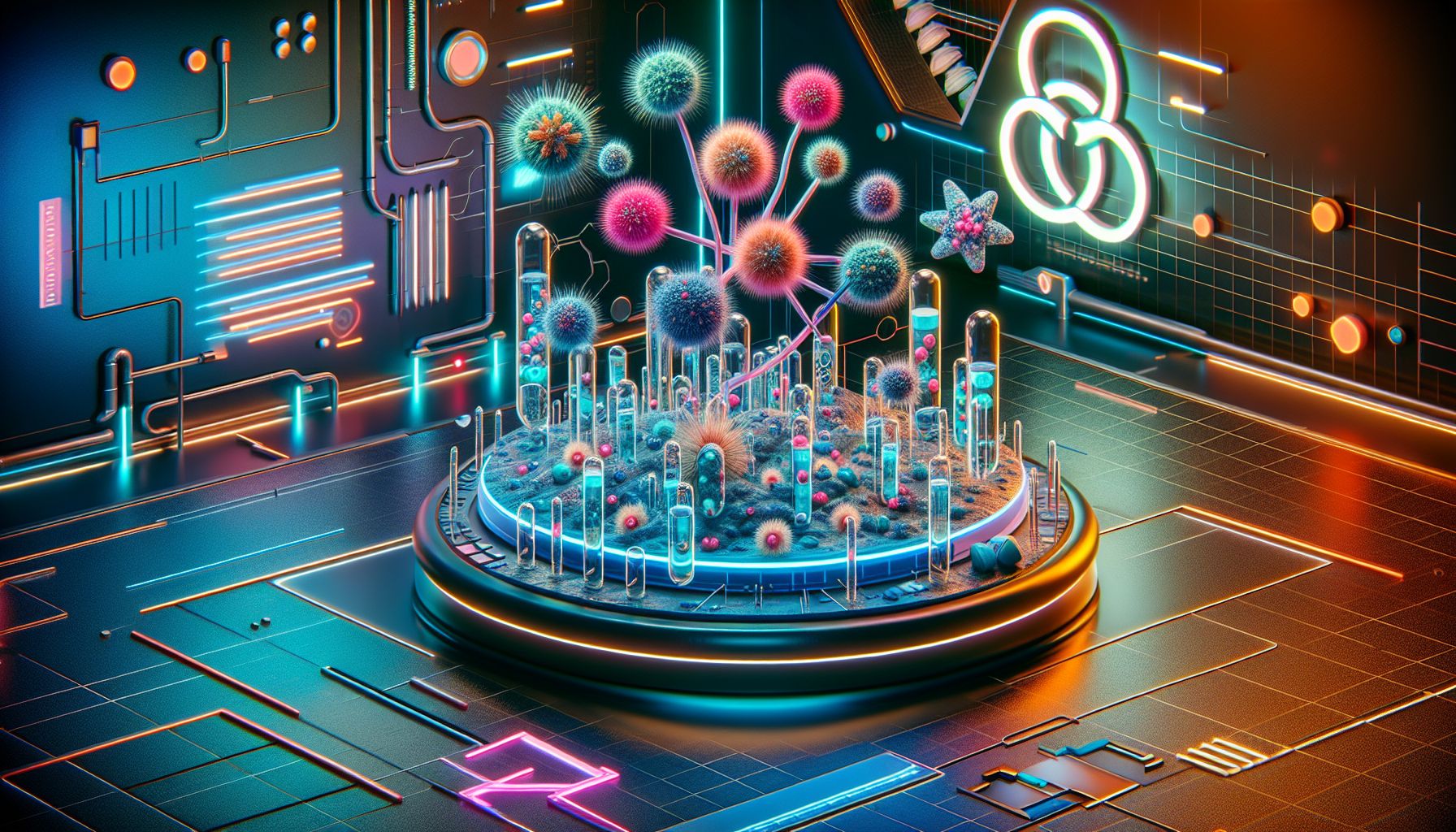Marine Microbes: Unlocking Green Energy's Secret Weapon

International, Friday, 4 April 2025.
A recent study explores marine microbes revealing vibrant new gene clusters that produce hydrogen efficiently. Could these marine bacteria be our ticket to sustainable hydrogen fuel? Stay tuned for transformative insights.
Groundbreaking Discovery in Marine Microbes
I’m excited to share a fascinating breakthrough that just emerged from the labs yesterday. Scientists have identified entirely new gene clusters in marine bacteria called Vibrionaceae that can produce substantial amounts of hydrogen [1]. The research team, led by Professor Tomoo Sawabe from Hokkaido University, alongside colleagues from India and Brazil, examined all 16 known species of these remarkable microorganisms [2].
The Hydrogen Heroes
What makes this discovery particularly intriguing is how these bacteria break down a substance called formate into hydrogen and carbon dioxide. The team uncovered two previously unknown types of FHL gene clusters, bringing the total to six different varieties [1]. Among these microscopic powerhouses, two species - Vibrio tritonius and Vibrio porteresiae - emerged as the champions of hydrogen production [2]. This diversity isn’t just a coincidence; it’s the result of these bacteria adapting to various ecological niches over time [1].
Implications for Green Energy
The timing of this discovery couldn’t be better. With current phosphorus rock resources expected to deplete within the next century [4], and increasing focus on sustainable energy solutions, these hydrogen-producing bacteria could offer a promising path forward. The research demonstrates that using microbial electrolysis cells, hydrogen production efficiency can reach up to 17.1 mmol/g COD [4], showcasing the potential for scaling this technology for broader applications [alert! ‘specific efficiency rates may vary in different environmental conditions’].
Future Prospects
The research team’s findings, published on April 3, 2025, in Current Microbiology [2], open up exciting possibilities for biotechnology applications. What’s particularly fascinating is how these bacteria have evolved this hydrogen-producing ability as a way to detoxify their environment - a process the researchers call the ‘formate detoxification hypothesis’ [1]. This natural adaptation could be the key to developing more efficient and sustainable hydrogen production systems for our green energy future.